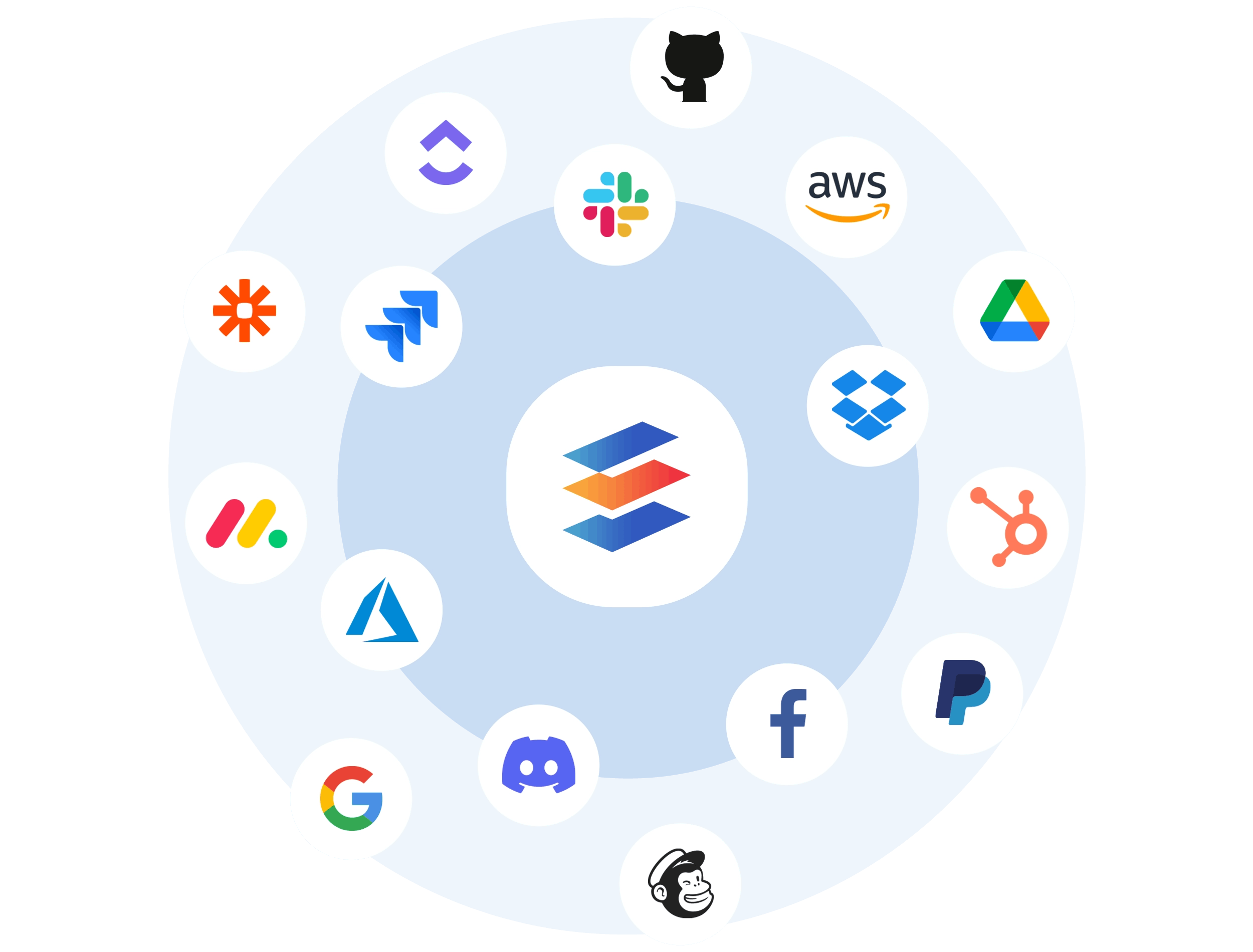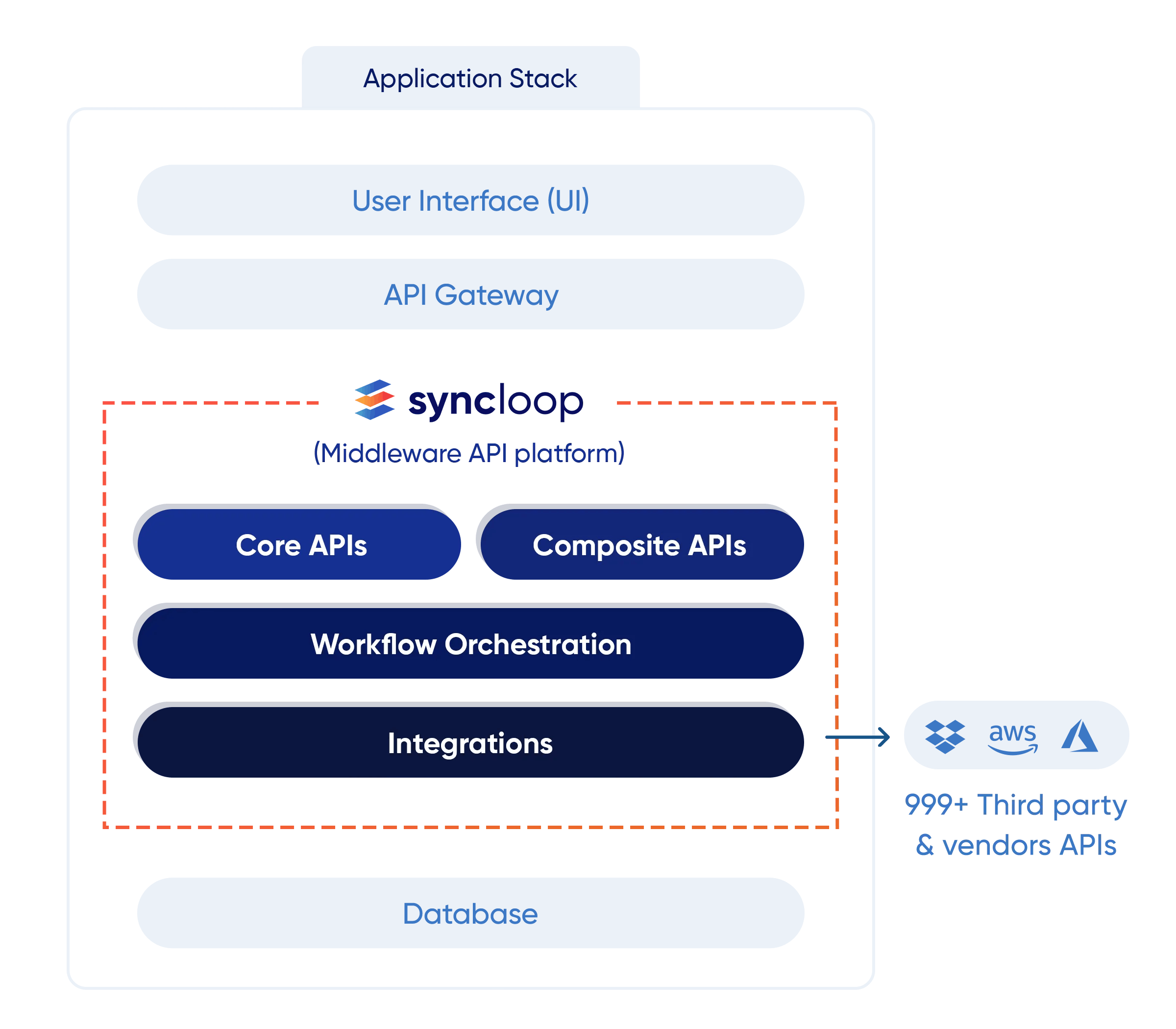API integration is a critical aspect of modern software development, enabling seamless communication between different systems and applications. However, achieving efficient and hassle-free API integration can be a complex task. In this blog post, we will explore effective API integration strategies and how Syncloop, a cutting-edge API development platform, can significantly simplify and streamline the integration process.
The Challenges of API Integration
API integration often poses various challenges, including incompatible data formats, complex authentication mechanisms, and disparate systems. These obstacles can impede the smooth flow of data and hinder the development process. Moreover, integrating APIs from legacy systems can be particularly daunting due to their non-standardized interfaces.

Effective API Integration Strategies
To overcome the challenges mentioned earlier, organizations can adopt several strategies to ensure successful API integration:
1. Standardized Data Formats
Using common data formats like JSON or XML promotes interoperability and simplifies integration. Syncloop facilitates data format conversion and enables seamless communication between APIs using its conversion services.
2. API Management and Governance
Implementing an API management solution, such as Syncloop, helps centralize API documentation, security, and access control. It provides a comprehensive platform to manage and govern APIs, ensuring their proper usage and adherence to policies.
3. Authentication and Security
Syncloop offers robust authentication mechanisms and supports industry-standard security protocols. It enables secure integration by enforcing authentication standards such as OAuth or API keys, preventing unauthorized access to sensitive data.
4. Error Handling and Monitoring
Effective error handling and monitoring mechanisms are crucial for identifying and resolving integration issues promptly. Syncloop's logging and debugging features allow developers to monitor API calls, trace errors, and debug integration problems efficiently.
Simplifying API Integration with Syncloop

Syncloop provides an array of features and capabilities that simplify and enhance API integration:
1. Visual Experience-Based Development
Syncloop's intuitive visual interface enables developers to build and map APIs efficiently. The platform streamlines the integration process, allowing APIs to be deployed and made live in seconds.
2. Seamless Legacy System Adaptation
Syncloop addresses the challenges associated with integrating APIs from legacy systems. It offers conversion services that bridge the gap between modern and legacy interfaces, facilitating smooth data exchange.
3. Collaboration and Documentation
Syncloop fosters collaboration among stakeholders through its collaborative environment. It provides documentation, discussion forums, and case studies, empowering teams to work together effectively.
4. Continuous Coaching and Training
Syncloop supports team agility by offering continuous coaching, training, and educational resources. This ensures that developers and tech leaders stay updated with the latest API integration practices and best industry standards.
Conclusion

Effective API integration is crucial for modern software development, and Syncloop emerges as a powerful tool to streamline the process. With its visual development environment, seamless legacy system adaptation, and comprehensive collaboration features, Syncloop empowers developers, architects, and tech leaders to achieve seamless API integration. By leveraging Syncloop's capabilities, organizations can unlock new levels of efficiency, reduce development time, and accelerate their digital transformation initiatives.
